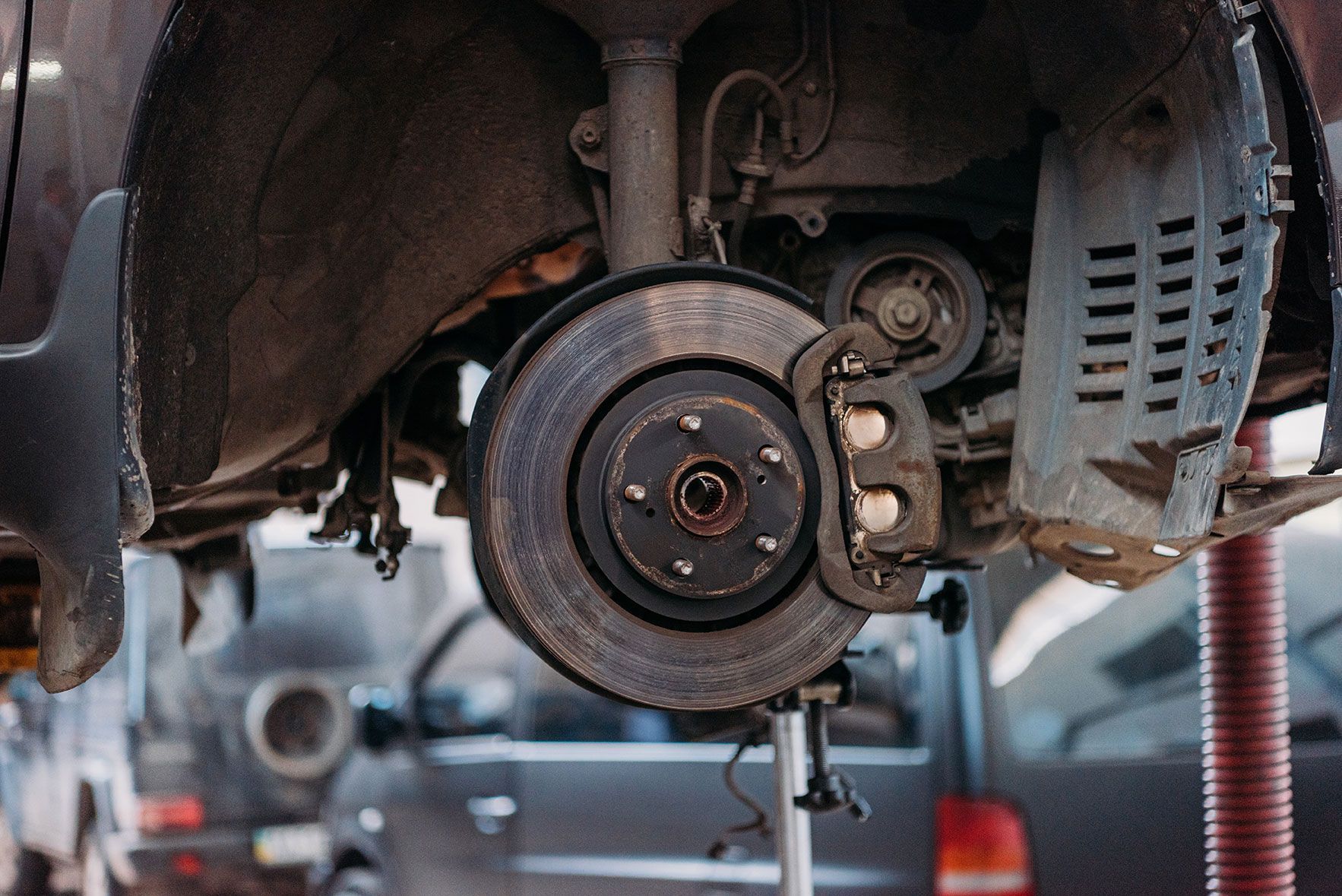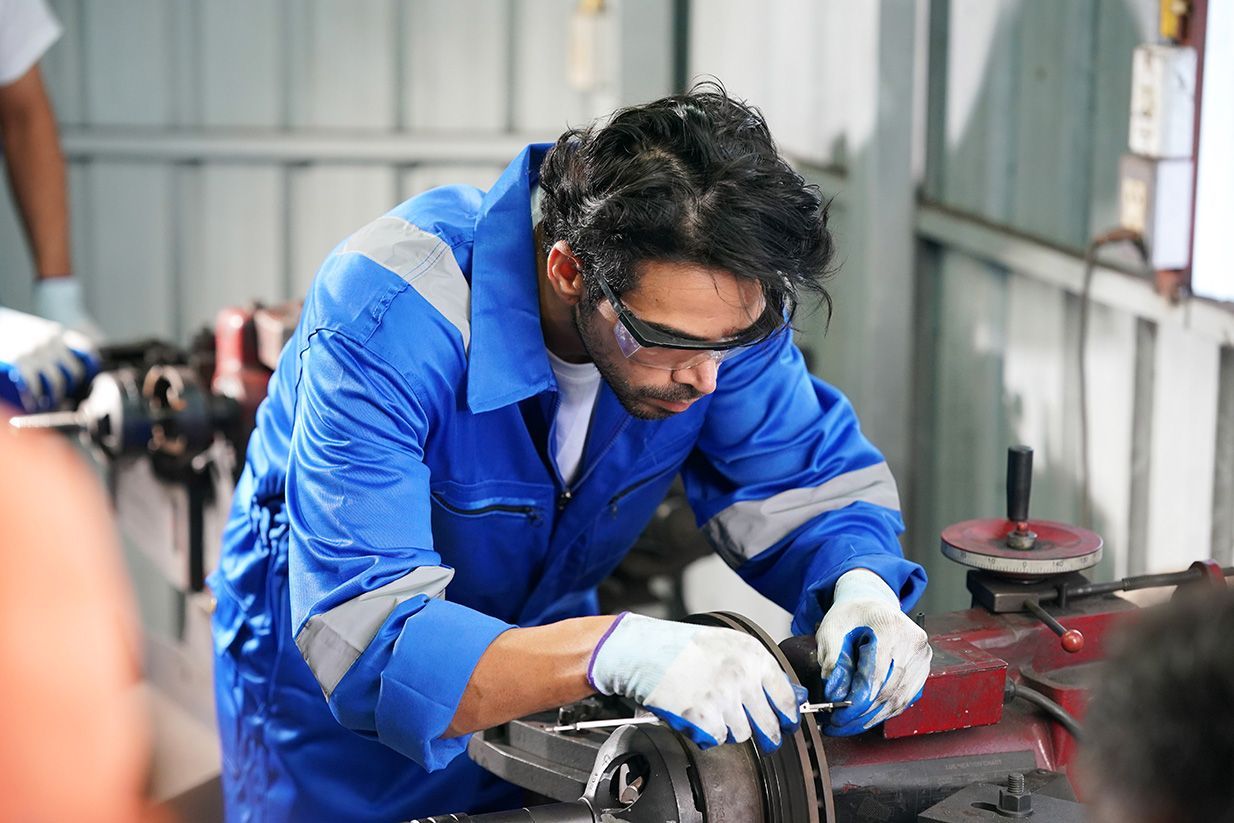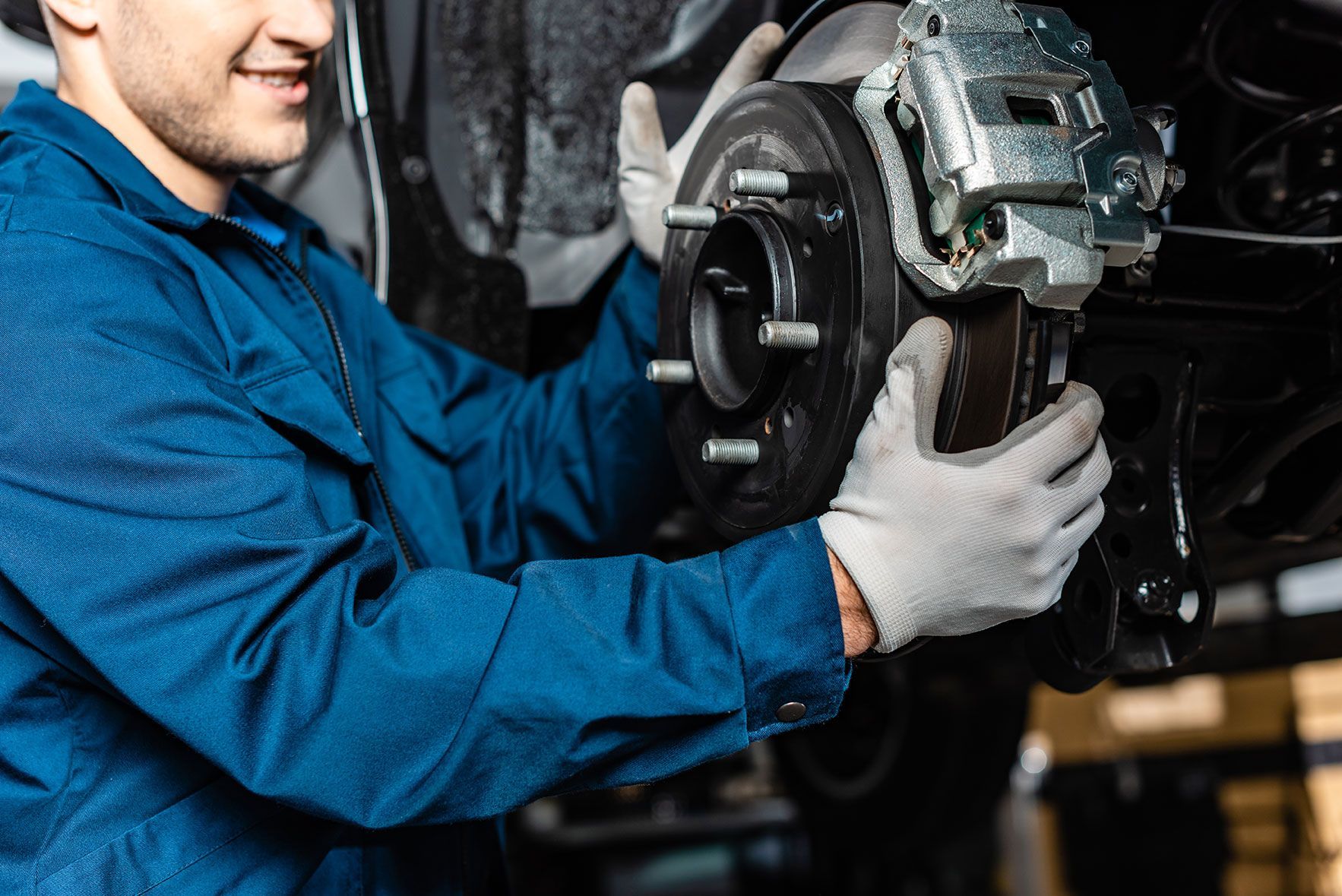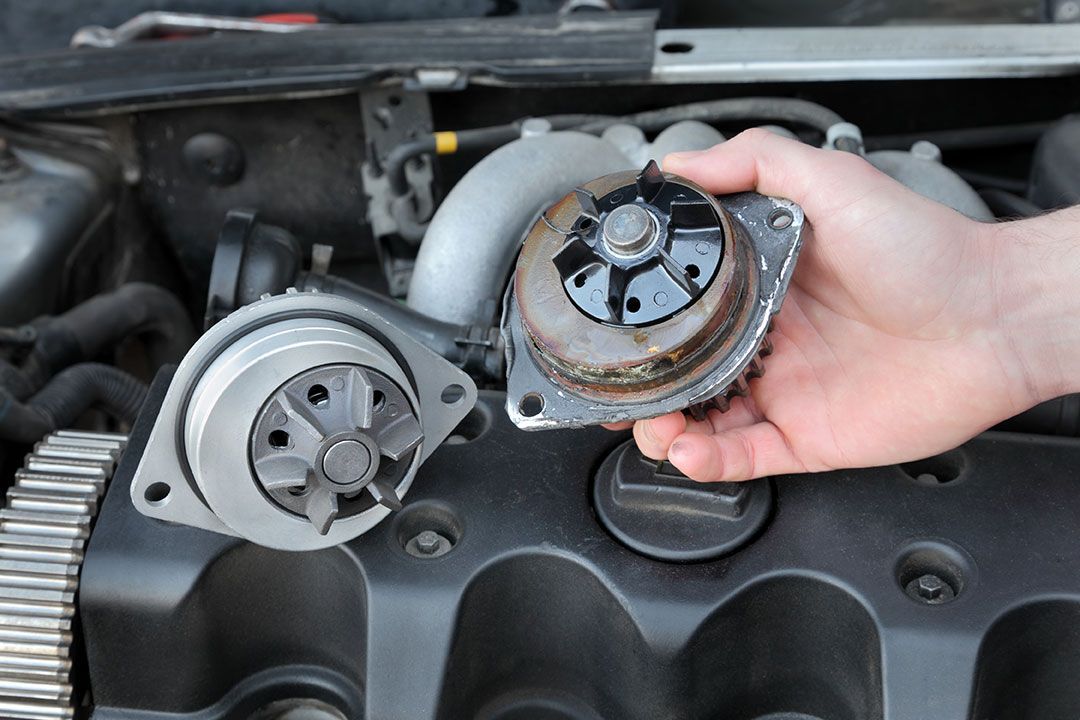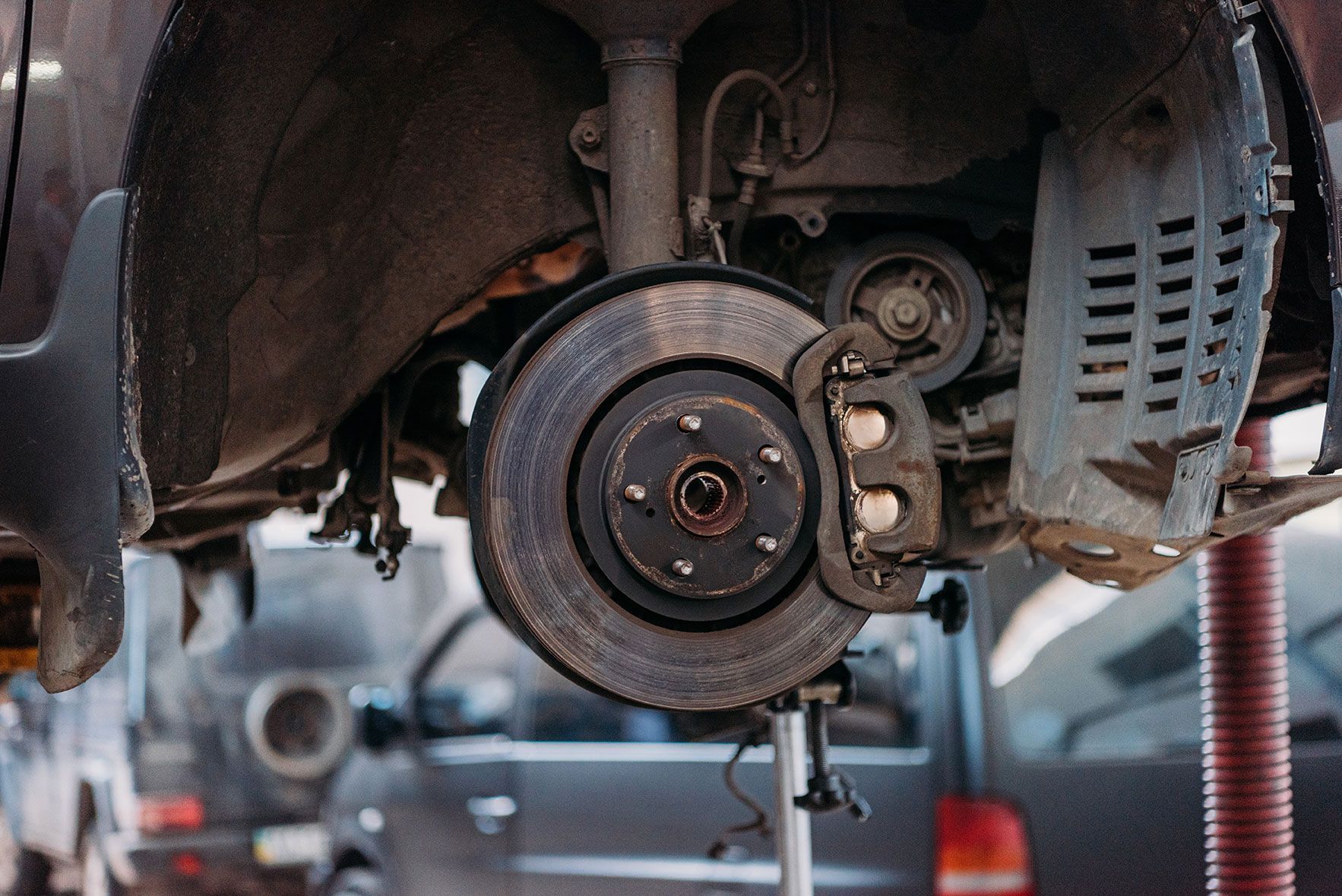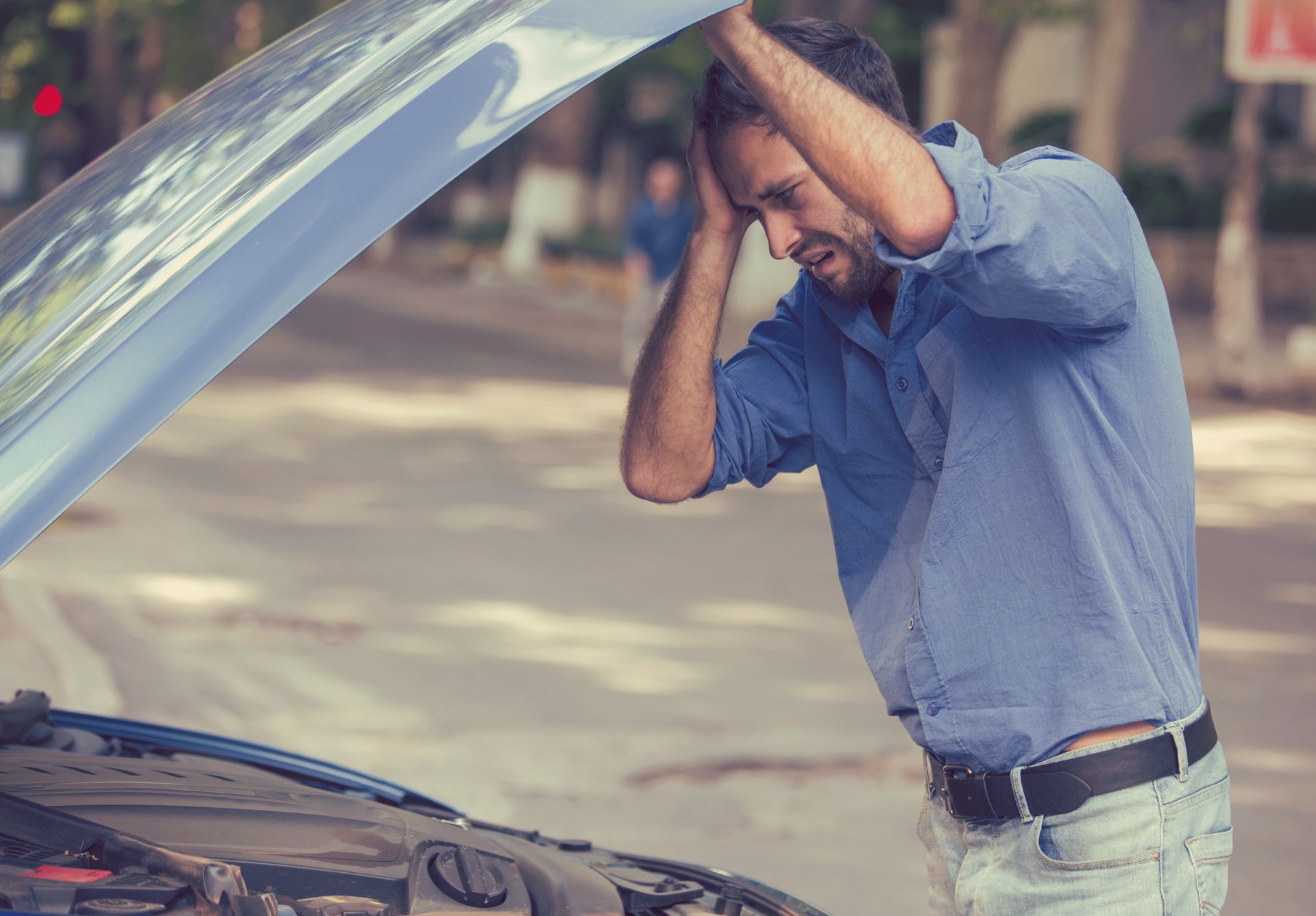Navigating Tire Sizes: A Simple Guide from Connecticut Tire & Auto
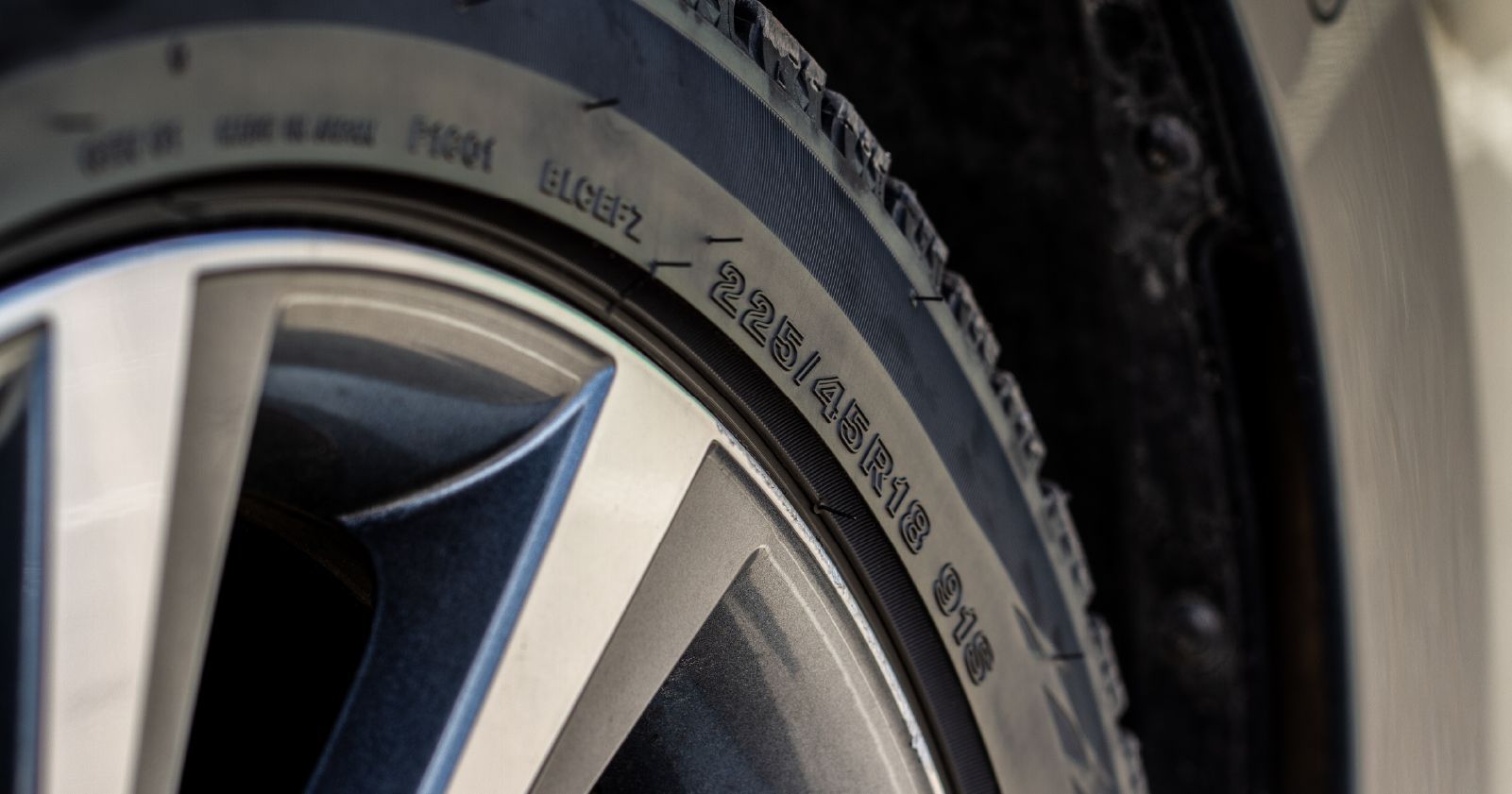
Hey, fellow drivers! Today, let's dive into a topic that can be a bit confusing – tire sizes. Ever found yourself staring at your tire's sidewall, wondering what all those numbers mean? No worries; we're here to make it easy for you.
But why even bother with tire sizes, you ask? Well, it's all about ensuring a smooth ride for your car. And knowing your tire size makes getting new ones a breeze.
Step 1: Check the Sidewall
Your tire size is right there on the sidewall, in a mix of numbers and letters that might look like a secret code. Let's break it down. You'll typically see something like P215/65R16.
- "P" stands for passenger, meaning it's good for most cars, SUVs, and light trucks.
- The number "215" is the tire's width in millimeters, measuring from one sidewall to the other.
- "65" represents the aspect ratio, showing the height of the tire as a percentage of its width.
- "R" stands for radial, which is the most common tire construction type.
- "16" is the diameter of the wheel in inches.
So, in our example, the tire is for a passenger vehicle, 215 mm wide, with a 65% aspect ratio, radial construction, and fits a 16-inch wheel.
Step 2: Tread Depth and Seasonal Considerations
While you're checking the sidewall, take a look at the tread depth. Worn-out treads might impact your safety on the road. If it's time for new tires, consider the seasonal needs of your area. Winter tires are designed for colder conditions, providing better traction on snow and ice, while all-season tires are versatile for various weather conditions.
Step 3: Consult Your Vehicle Manual
When in doubt, flip through your car's manual. It's like the GPS for your vehicle, holding valuable info, including the recommended tire size. You can find it in the glove compartment or download a digital copy from the manufacturer's website.
Step 4: Professional Assistance
If tire sizes still feel like a puzzle, don't hesitate to seek help from the pros. Swing by Connecticut Tire & Auto, and our friendly team will be more than happy to assist you. Whether you need a quick check or a full tire replacement, we've got you covered. Or check out our tire search tool!
Understanding your tire size is like knowing the best route for your car – it ensures a safer and more comfortable ride. So, next time you're out and about, take a moment to glance at those tires and make sure they're the right fit for your journey. Happy driving!

